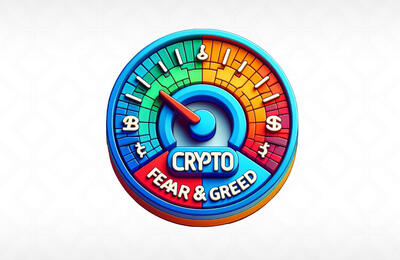
Cryptocurrencies have revolutionized the financial landscape, offering decentralization, transparency, and security like never before. There are thousands of different coins and tokens, and one can easily swap pi to usdt and millions of other trading pairs on crypto exchange platforms.
Among the myriad of digital assets, one intriguing category stands out: deflationary cryptocurrencies. Unlike traditional fiat currencies, which typically experience inflationary pressures over time due to central bank policies, this type of crypto aims to combat this trend by employing unique mechanisms that reduce the circulating supply over time.
In this article, we delve into the concept of deflationary cryptocurrencies, exploring their mechanisms, advantages, challenges, and the broader implications for the digital economy.
Understanding Deflationary Cryptocurrencies
At the core of deflationary cryptocurrencies lies the principle of reducing the total supply of tokens over time. While most coins and tokens have fixed or inflationary supplies, deflationary ones employ mechanisms to burn, destroy, or redistribute a portion of the token supply with each transaction or at specific intervals.
One of the most common mechanisms is token burning. This process involves sending a portion of the tokens to a wallet from which they can never be retrieved, effectively removing them from circulation. By reducing the total supply of tokens, deflationary cryptocurrencies aim to create scarcity, theoretically driving up their value over time.
Advantages of Deflationary Cryptocurrencies
Scarcity and Value Appreciation
The most apparent advantage of these cryptocurrencies is their potential for value appreciation. With a decreasing supply, the best deflationary crypto becomes scarcer, which can lead to increased demand and higher prices.
Incentivizing Holding
Deflationary mechanisms incentivize holding rather than constant trading. This long-term outlook encourages investors to retain their holdings, contributing to price stability and reducing speculative behavior.
Economic Efficiency
By discouraging excessive spending and promoting savings, these cryptocurrencies can lead to more prudent economic behavior. Users are incentivized to spend only when necessary, fostering a healthier economic ecosystem.
Challenges and Considerations
Deflationary Spiral
While deflationary mechanisms can drive up the value of cryptos, they also pose the risk of triggering a deflationary spiral. If the expectation of future price appreciation leads to hoarding rather than spending, it can stifle economic activity and hinder the currency's adoption as a medium of exchange.
Volatility
Deflationary coins may experience heightened volatility, as changes in supply and demand dynamics can have pronounced effects on prices. Sudden fluctuations in value can deter mainstream adoption and undermine confidence in the currency's stability.
Governance and Sustainability
Implementing and managing deflationary mechanisms require careful governance and consensus among stakeholders. Additionally, sustainability concerns may arise as transaction fees become the primary source of revenue for network maintenance once the token supply reaches its maximum.
Implications for the Digital Economy
Deflationary cryptocurrencies present intriguing possibilities for reshaping the digital economy. By introducing alternative models of monetary policy, they challenge traditional notions of inflation and central bank control. Moreover, they offer a glimpse into a future where decentralized financial systems drive economic activity, with value derived from scarcity and utility rather than government fiat.
However, the success of these assets hinges on addressing the challenges of volatility, governance, and adoption. Regulatory clarity, technological innovation, and community engagement will be critical in realizing their full potential and integrating them into the broader financial ecosystem.
In conclusion, deflationary cryptocurrencies represent a novel experiment in monetary economics, offering unique advantages and challenges. As the digital economy continues to evolve, they stand as a testament to the innovative spirit driving blockchain technology forward. Whether they will become a mainstream alternative to traditional currencies remains to be seen, but their impact on the financial landscape is undeniable.













